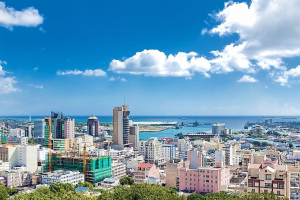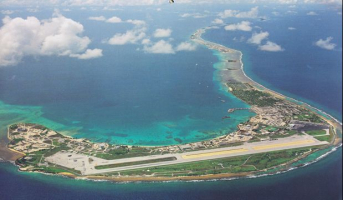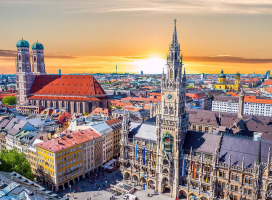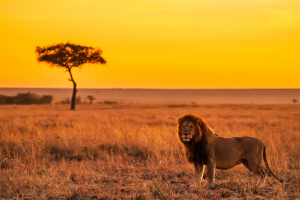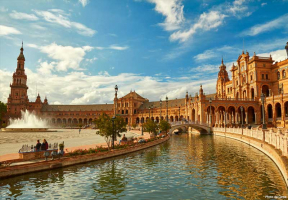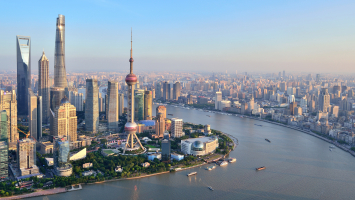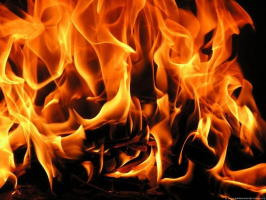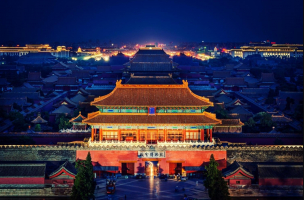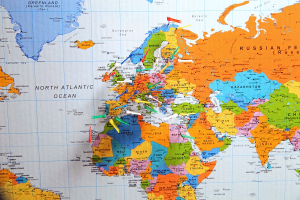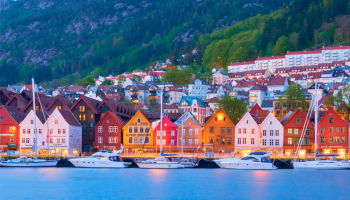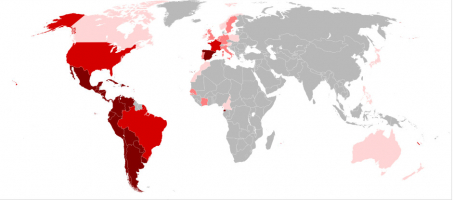Top 10 Countries With Most Natural Resources
Natural resources are commodities, the raw inputs used to make everything we use, from intermediate goods to finished products. These resources are found in ... read more...the earth among reserves yet to be extracted. Natural resources are found throughout the world, though the deposits tend to clump as a result of geological processes. Here are the top countries with the most valuable natural resource reserves.
-
In the past, Russia was the world's powerhouse. The world's largest natural resources are found there. This country spans a huge area that contains significant reserves of coal, lumber, and gold. The natural resources of Russia are thought to be worth roughly 75.5 trillion dollars. Russia's natural resource reserves are estimated worth $75 trillion. This sum includes, among other things, gold, wood, rare earth metals, coal, oil, and natural gas. The estimate of $910 billion for 2019 provided by the Ministry of Natural Resources and the Environment of Russia is significantly lower.
Russia holds the world's largest proven natural gas reserves at 1.32 quadrillion cubic feet, accounting for nearly 20% of the global total as of 2020. Russia also has the second-largest gold reserves at 6,800 tons or more than 12% of the global total as of 2021.
Russia was the world's third-largest crude oil producer at 12% of the global supply in 2020. Russia's proven oil reserves were the world's sixth largest at an estimated 107.8 billion barrels. In industrial diamonds, the country accounted for a third of 2021 global production and 61% of the commodity's reserves.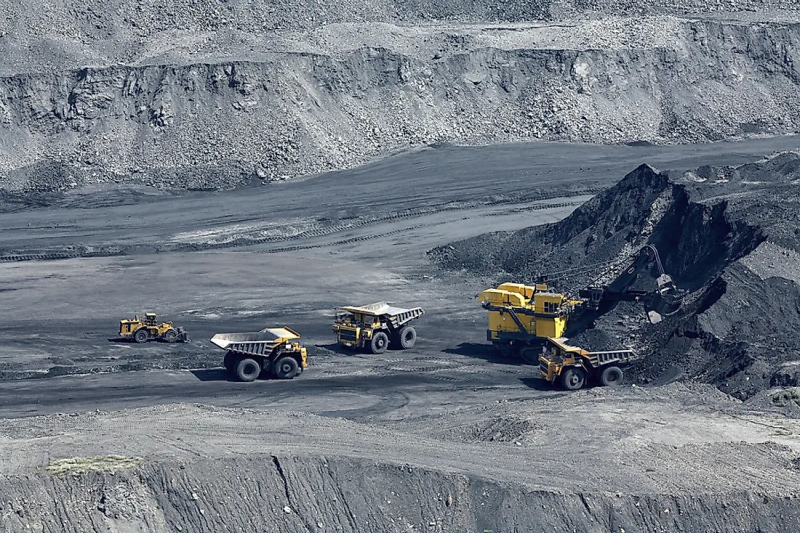
World Atlas 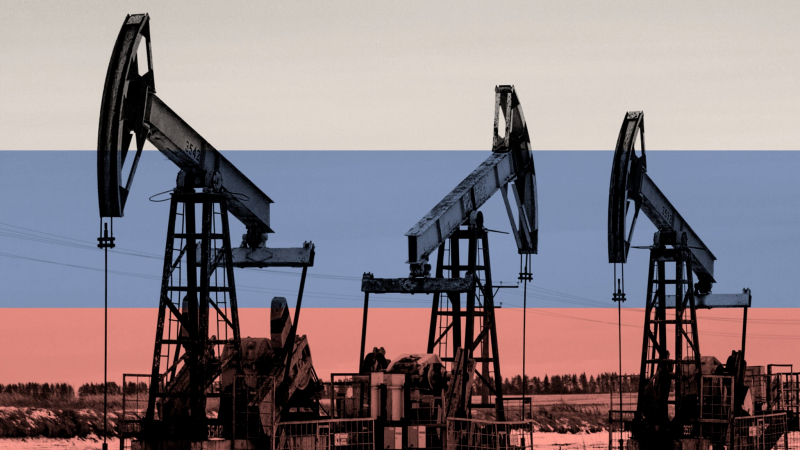
Financial Times -
Next in line is the world’s current superpower, the United States. Nearly 90% of its natural resources, which total around 45 trillion dollars, are coal and timber. In actuality, the United States produces the most coal. The US is home to 31.2% of the world's coal reservoirs. About 89% of the nation's resources are coal and timber. The top 5 nations with the greatest reserves of copper, gold, and natural gas all include the United States. Additionally, they are lucky to have access to vast tracts of land covered in forests that produce copious amounts of lumber. It had the highest proven coal reserves in the world as of 2020.
Significant amounts of copper, gold, oil and natural gas are among the other resources. Lead, molybdenum, phosphates, rare earth elements, uranium, bauxite, iron, mercury, nickel, potash, silver, tungsten, zinc, petroleum, natural gas, timber, and arable land are other materials that are on the list. There are excellent chances to use renewable energy sources, such as wind and biodiesel, across a wide range of geographical areas in the US.
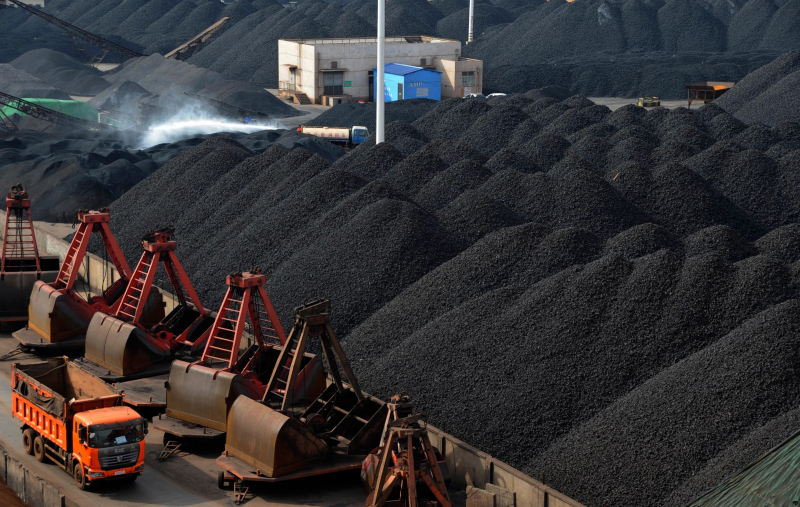
Brookings Institution 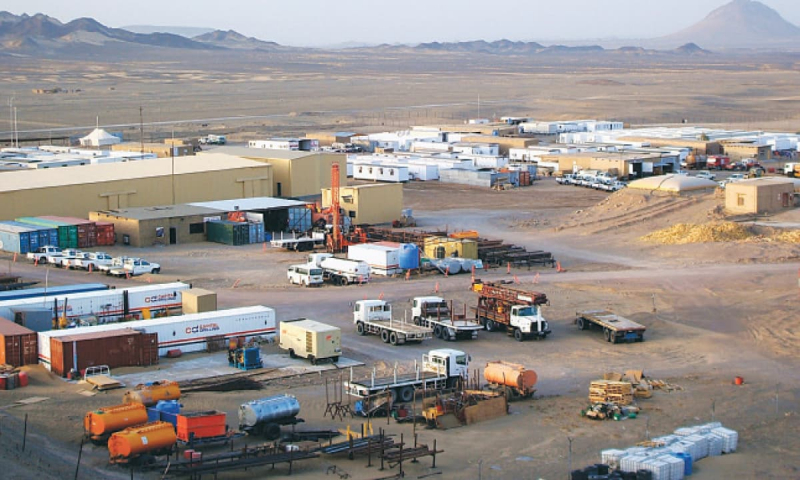
Herald Magazine - Dawn -
Saudi Arabia is a small country in the Middle East and is slightly larger than Mexico. Saudi Arabia has $34.4 trillion worth of natural resources—notably oil. The nation has been a leading exporter ever since oil was discovered in 1938.
By 2020, the nation's oil reserves will account for 15% of global reserves, which will significantly impact its economy. However, processing and capacity for natural gas have increased while those for oil have dropped since 2015. The primary fuel used in the nation for power production is hydrocarbon, which includes gases and oils. They are currently thought to be the fifth-largest natural gas reservoir. There are no prizes for figuring out Saudi Arabia's main source of income, but in addition to its plentiful oil reserves—estimated at 268 billion barrels—the Kingdom also has access to natural gas, gold, phosphate, and aluminum. The most recent Future Minerals Forum highlighted the nation's mining ambitions and raised its profile.
Saudi Arabia's other natural resources include copper, feldspar, phosphate, silver, sulfur, tungsten, and zinc.
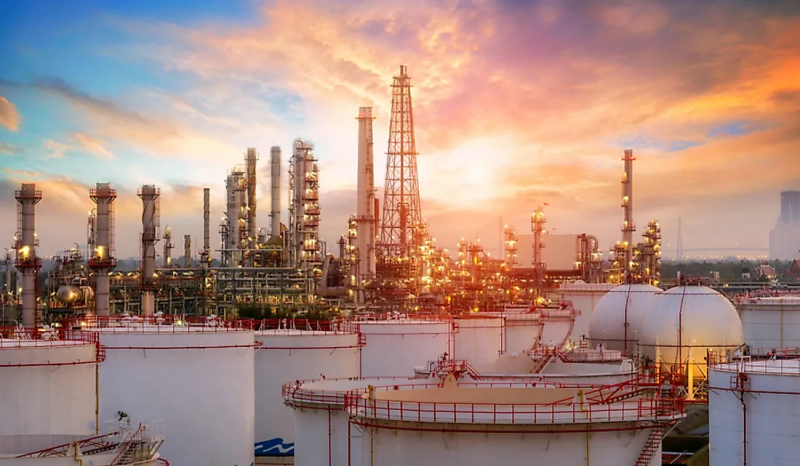
World Atlas 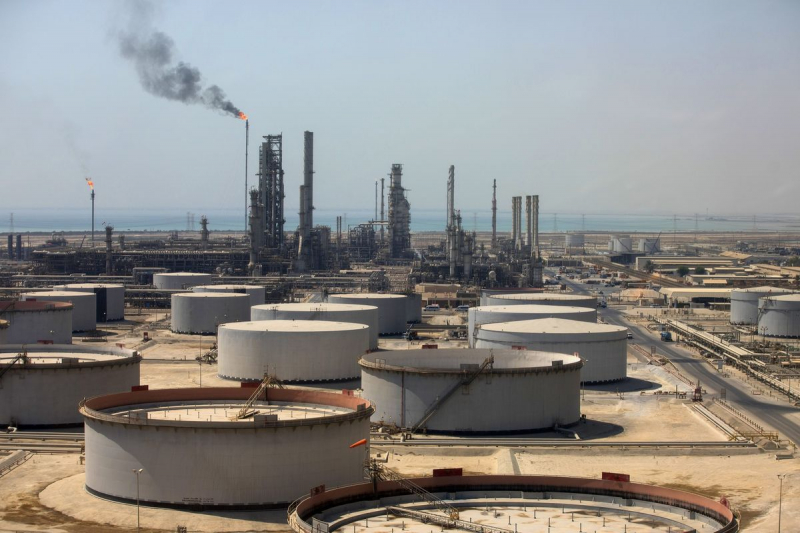
Bloomberg.com -
The natural resources of Canada are estimated to be worth 33.2 trillion dollars. This nation ranks fourth on the list as a result of its overall oil sand deposits. Canada has the second-highest oil reserves in the world behind Saudi Arabia, with 178.1 billion barrels, or around 17.8%, of the total world oil reserves, according to the most recent statistics. Additionally, this nation possesses enormous phosphate reserves, the second-largest Uranium reserves, and the third-largest rate of lumber output. In addition to energy minerals like coal and uranium, the nation also has industrial minerals like gypsum, limestone, rock salt, and potash.
Metals in Canada include copper, lead, nickel, and zinc, and precious metals like gold, platinum, and silver. Canada is a leading producer of natural gas. The latter is one of the jewels in its resources crown – accounting for 29% of global production. In these sustainable times, the country is increasingly becoming a focal point for green mining innovation.
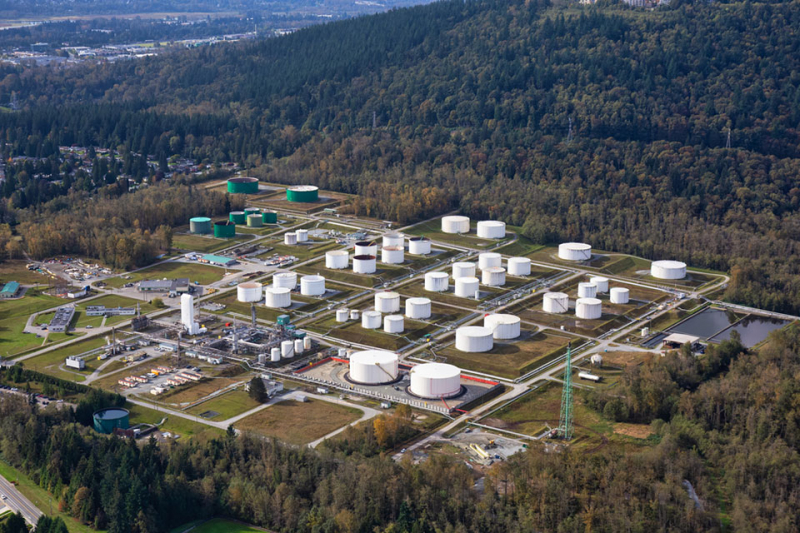
CEOWORLD magazine 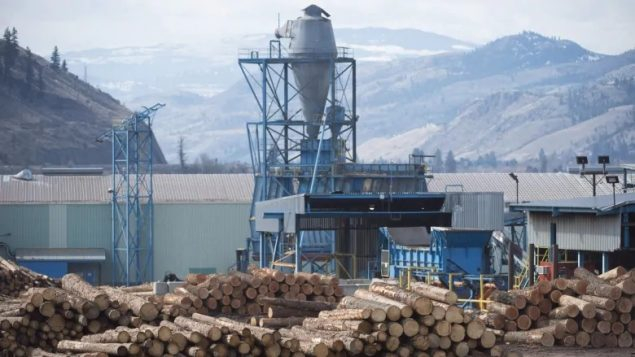
RCI • Radio Canada International -
Due to their shared geographic location, Iran and Qatar also share the most abundant gas field deposit. Thus, the projected value of Iran's natural resources is $27.3 trillion. This nation produced the fifth-largest amount of crude oil in the Organization of Petroleum Exporting Countries in 2020. (OPEC). In 2019, it was the third-largest natural gas producer in the world.
16% of the global natural gas reserves are located in Iran. It is situated over the vast Dome field gas reservoirs in the Persian Gulf. This nation has over 136.2 billion barrels of oil, which is more than 10% of the oil on the entire planet.
Other natural resources include coal, chromium, copper, iron ore, lead, manganese, zinc, and sulfur. Arable land, pistachios, saffron, and fruits also contribute to the estimated value. Iran has begun exploration efforts to identify new reserves at the large South Pars gas field, according to reports.
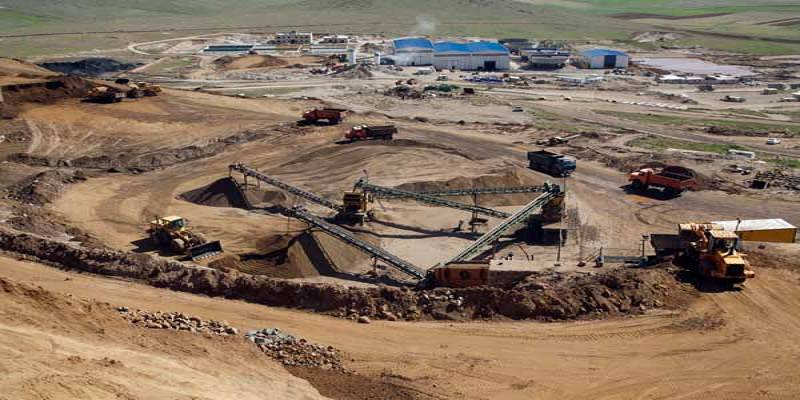
Iran News Update 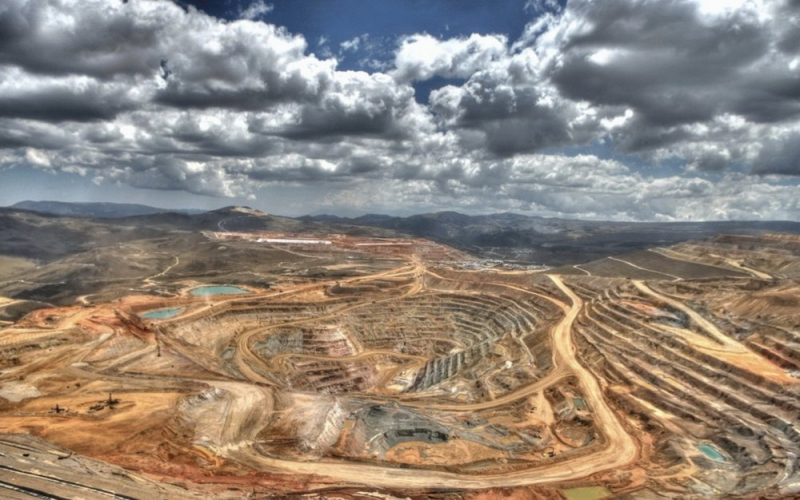
American Iranian Council -
This nation is regarded as one of the burgeoning superpowers of the century. Natural resources in China are thought to be worth $23 trillion. China has a 90% coal and rare earth metals resource base. Along with arable land, timber is another important natural resource in the nation. China is the third-largest producer of iron ore and has sizable reserves of oil and natural gas. It also exports a significant amount of magnesium and other minerals like coal, bauxite, diamonds, gold, lead, mercury, and phosphate rock. Water should not be disregarded either, as hydroelectricity is one of the main energy sources in the nation.
China has 23 trillion dollars worth of reserves overall. They contain a significant amount of coal and earthen minerals. Their total coal reserves cover about 13% of the total coal deposits in the world. China's recent discovery of shale gas resources will boost its ability to generate income.Other resources that China possesses include rice, oil and natural gas, and immense amounts of metals such as gold and aluminum, and minerals.
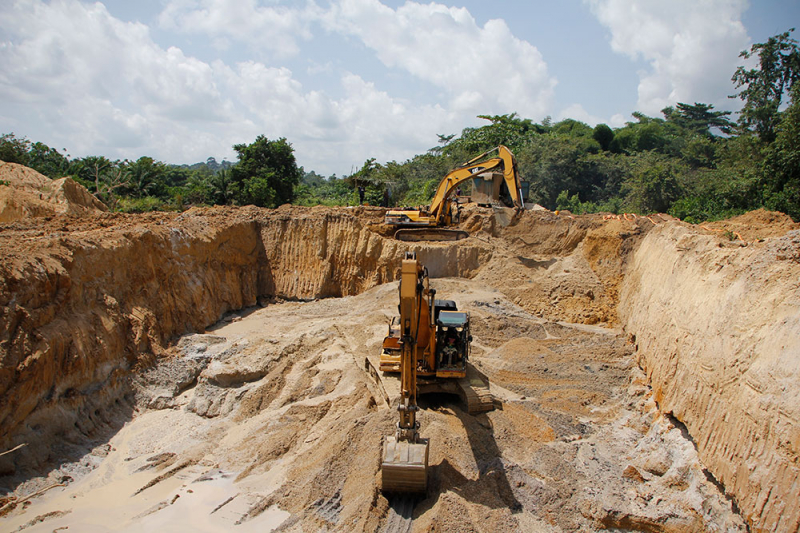
ChinaFile 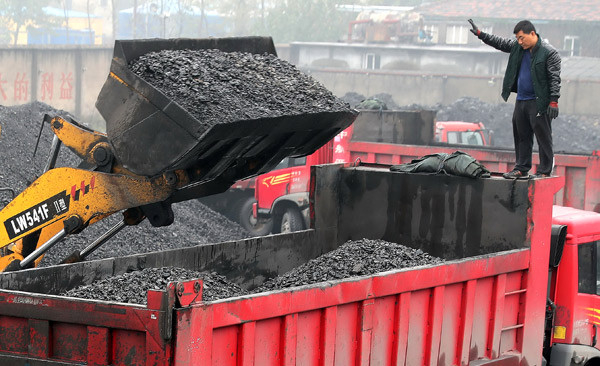
China Daily - Global Edition -
One of the nations with a sizable part of uranium and gold reserves in Brazil. Gold, iron, oil, uranium, and other natural resources worth $21.8 trillion is found in Brazil. Brazil ranked tenth in the world for oil production in 2019. According to a 2018 assessment, 61.9% of its land was wooded and 23.5% was used for perennial pasture.
Its mining sector primarily targets bauxite, platinum, copper, gold, iron, and tin, but it also excels in several lesser-known minerals, taking the first position for niobium and tantalite, second for kaolin and graphite, and third for talc, vermiculite, and aluminum reserves. Brazil has a huge installed hydroelectric power generation capability.
They are the second country that has the most iron production. Timber is the country’s highly valuable natural resource. It provides nearly 12.3% of timber worldwide worth 17.45 trillion dollars. The total value of their natural resources is about 21.8 trillion dollars. Recently they explored a vast reservoir of crude oil which can come up with 44 billion crude oil barrels.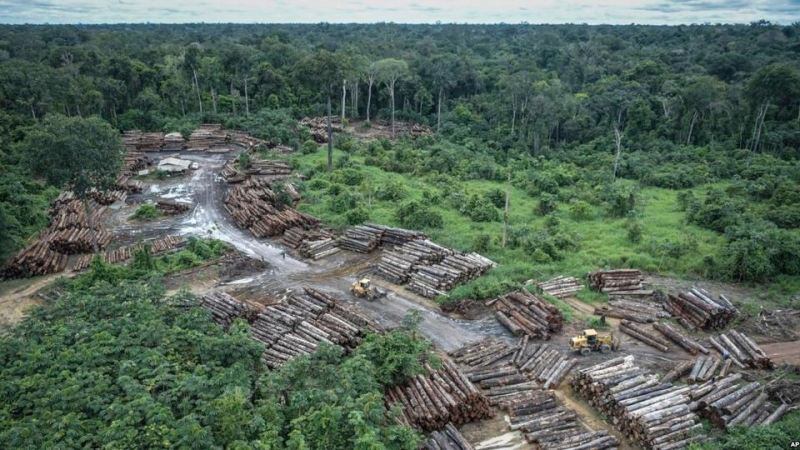
TRT World 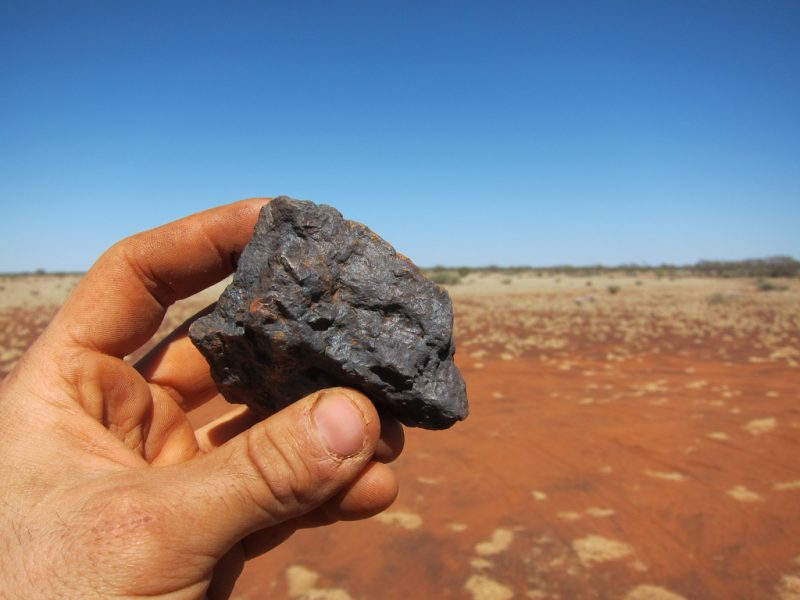
Trip-N-Travel -
Australia is an independent state that acquires its wealth through its large timber, iron, copper, and coal reserves. They have an abundant gold supply worldwide. Offshore, this nation possesses a vast and enormous resource of natural gas that it shares with Indonesia. Australia is home to natural resources worth an estimated $19.9 trillion, including coal, wood, copper, iron ore, gold, and uranium. Australia is a major producer of oil and liquefied natural gas while being just around 80% the size of the United States. At the end of 2021, it had 2.4 billion barrels of proven oil reserves.
With 29% of the world's coal exports, the nation is also the greatest net coal exporter. Alumina, iron ore, copper, tin, gold, silver, uranium, nickel, tungsten, rare earth elements, mineral sands, lead, zinc, and diamonds are some of its additional natural resources. Due to its diversified topography, Australia has a diverse mining industry, with gold, coal, natural gas, petroleum, and iron ore accounting for the majority of its industrial output.
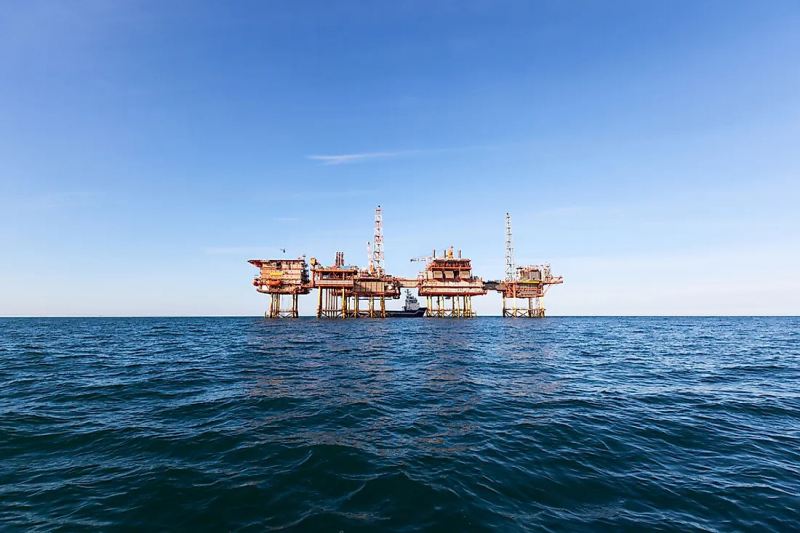
World Atlas 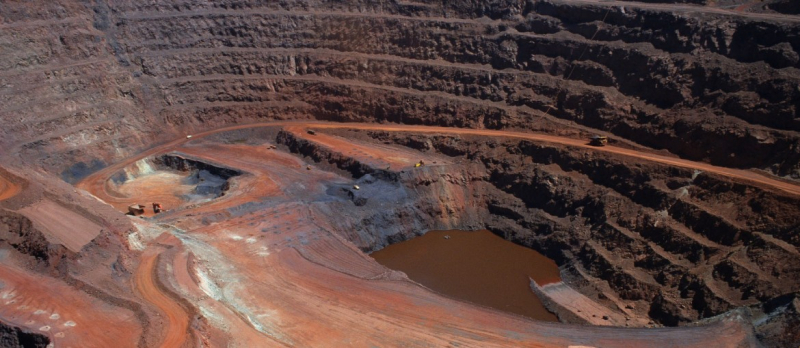
CSIROscope -
Natural resources worth $15.9 trillion are found in Iraq. Petroleum, natural gas, phosphates, and sulfur are all found in its arid terrain. Like some Gulf states, Iraq has a significant oil deposit. Iraq is the second-largest crude oil producer in OPEC. It is the fifth-largest producer of proven crude oil reserves in the world, and a sizable portion of its income comes from the export of crude oil.
Iraq offers significant quantities of sulfur, phosphate, and natural gas in addition to some of the greatest oil reserves in the world, including five "supergiant" fields. In addition, it produces electricity from liquid fuels, natural gas, and hydroelectric resources.
Its oil barrels reach about 115 billion, which shares about 9% of the total reserve worldwide. Due to differences and influx of politics, the majority of the deposits are not yet exploited and are left untapped. This country also has a vast reserve of phosphate rocks worldwide valued at 1.1 trillion dollars.
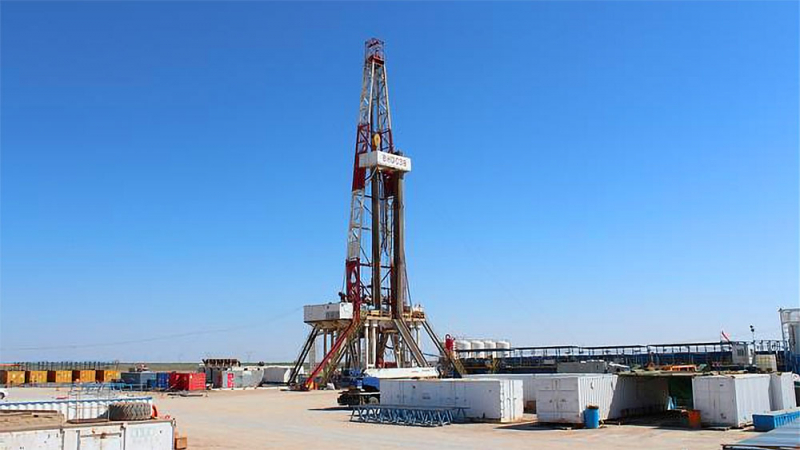
Energy Industry Review 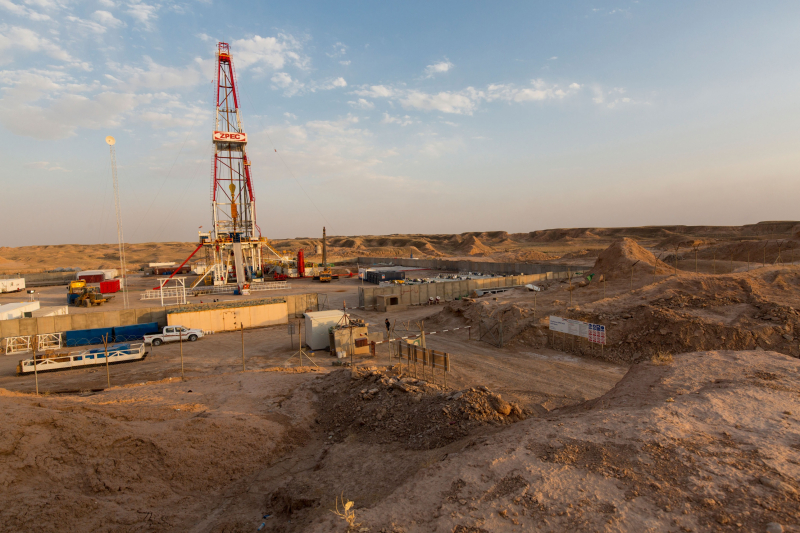
Financial Tribune -
The last is Venezuela, a South American nation with natural resources worth $14.3 trillion, according to estimates. They consist of oil, gas, and iron. It was OPEC's fourth-largest producer of oil as of 2019. It had the greatest known oil reserves in the world in 2020. Additionally, it possesses the tenth-largest natural gas reserves.
2.7% of the world's oil supply is shared by it. When it comes to oil reserves, Venezuela ranks sixth in the world with roughly 99 billion oil barrels. This makes up around 7.4% of the entire world's supply.
The electricity sector in Venezuela is among the unique ones in the world to depend primarily on hydropower. In 2015, about 64% of the nation’s energy needs were satisfied by hydroelectricity. The total production in that year was around 117 TWh, which means that about 74.88 TWh came from hydropower. In that year, Venezuela produced about 1.9% of the total hydropower produced in the world.
Petroleum and petroleum-derived commodities account for around 95% of the country's total export revenues, illustrating its dependency on the commodity – and vulnerability in these decarbonized times. However, its natural resources also include diamonds, gold, natural gas, bauxite, and iron ore.
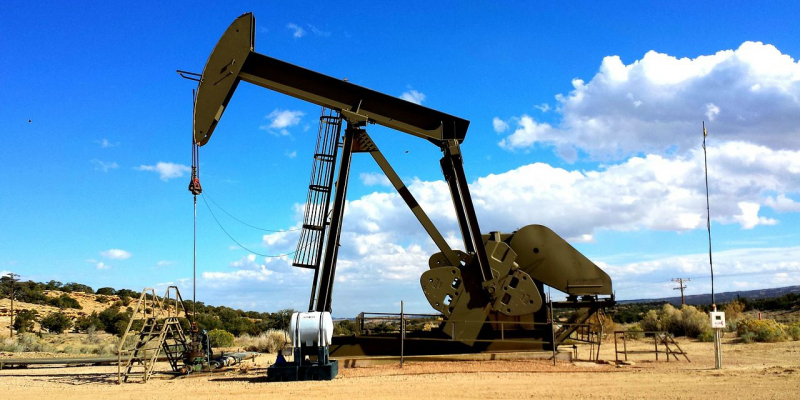
Lisbeth Coiman 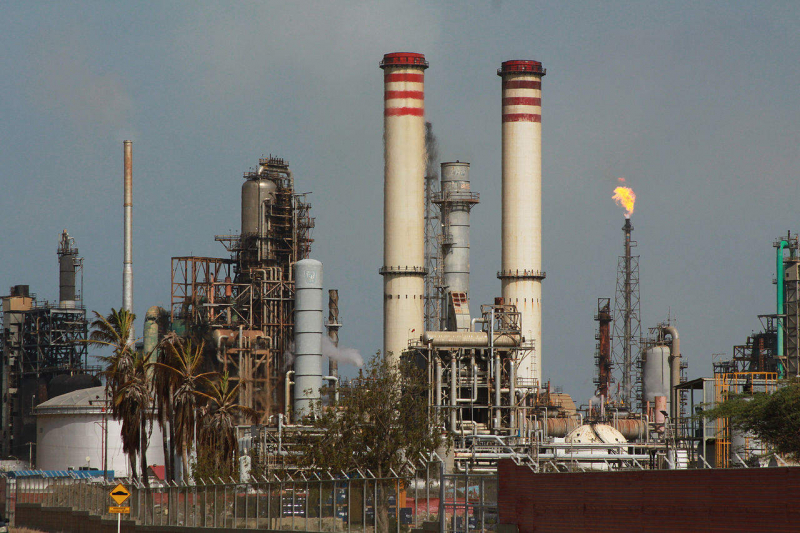
Via News
















